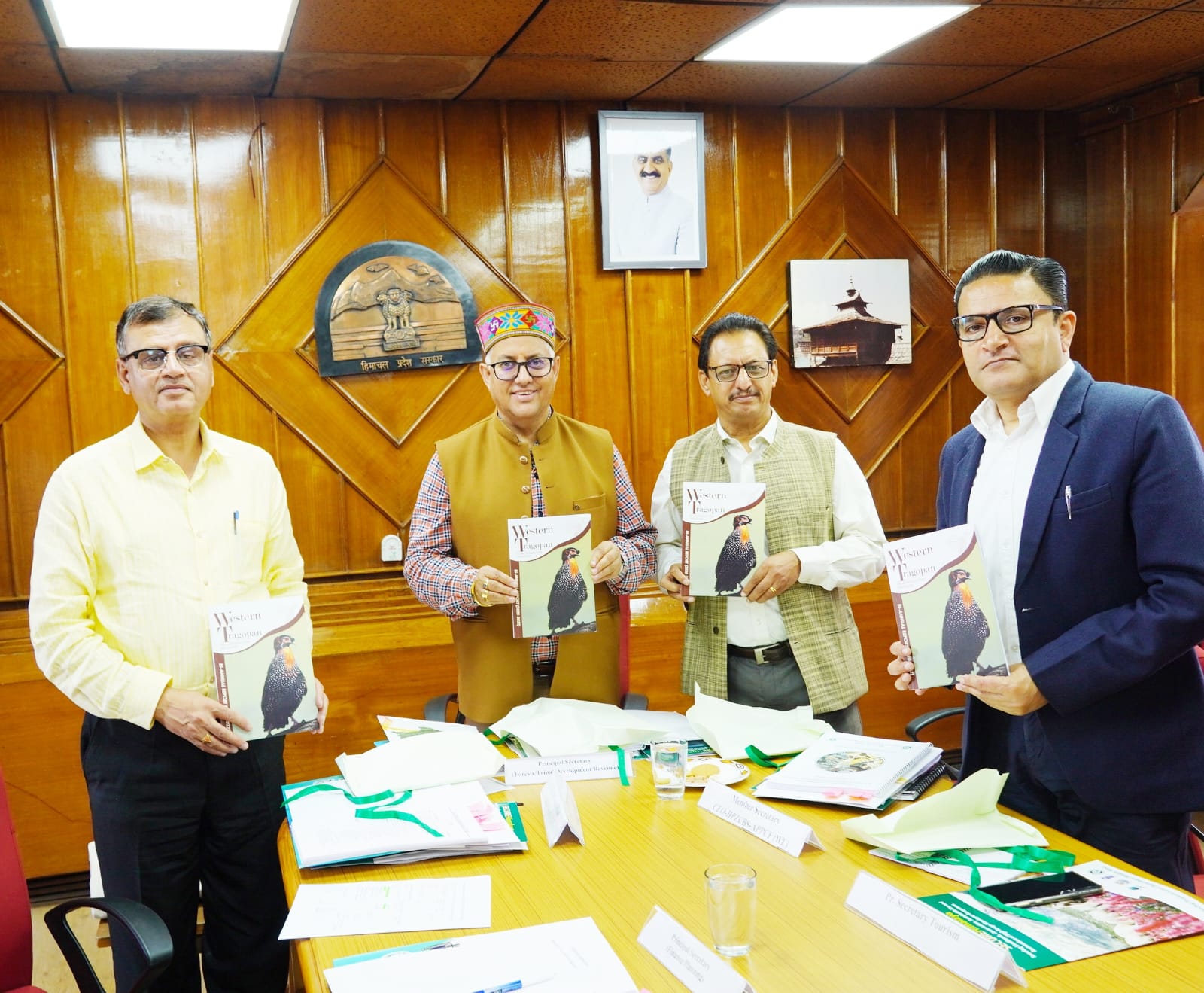Shimla- The Wildlife Division of Himachal Pradesh recently organized a series of meetings focused on conservation and sustainable livelihood initiatives for local communities under a slew of schemes in Himachal Pradesh.
The meetings, which included the Safe Himalayas Project, the Himachal Pradesh Zoo Conservation and Breeding Society (HPZCBS), and the Great Himalayan National Park Biodiversity Conservation Society planned future actions.
On 6th and final Steering Committee meeting discussed the Secure Himalayan Livelihood Promotion, Conservation, Sustainable Use, and Re-establishment of High Himalayan Ecosystem project.
During the meeting, an action plan worth Rs 63 lakh for the upcoming year, 2023-24, was approved.
The committee also discussed the importance of strengthening value chains developed under the project, such as seabuckthorn, hazelnut, and handloom, and ensuring equal livelihood opportunities for different communities, informed Onkar Sharma, principal secretary, Forest, who chaired the final meeting.
Rajiv Kumar, Principal Chief Conservator of Forests said Secure Himalaya project, funded by the Government of India, United Nations Development Programme, and World Bank, is aimed at promoting sustainable management of alpine pastures and forests in the high-grade Himalayan ecosystems.
Anil Thakur, Nodal Officer and Additional Principal Chief Conservator of Forests said that the main objective of this project was to promote sustainable management of alpine pastures and forests in high-grade Himalayan ecosystems. These ecosystems play a vital role in the conservation of wildlife, including the endangered snow leopards and their habitats, he added.
In another meeting, the 20th Governing Board meeting of the Himachal Pradesh Zoo Conservation and Breeding Society (HPZCBS) took place.
The Chairman addressed various issues concerning the society and suggested implementing online entry fee payments for all zoos and bird houses through an app.
Furthermore, steps were discussed to enhance and beautify these facilities to attract more visitors and increase sources of income.
The 19th meeting of the Executive Committee of the Biodiversity Conservation Society of the Great Himalayan National Park also convened to discuss the action plan for the upcoming year.
During the meeting, it was proposed to revise entry fees and make them available through an e-app, streamlining the visitor experience and ensuring efficient management.
Key officials, including the Principal Secretary Forest and the Chief Conservator of Forest and Head of Forest Force, actively participated in these meetings. Their aim was to safeguard the Himalayan ecosystem, promote sustainable livelihoods, and improve the management and development of zoos and bird houses in the region. These discussions played a crucial role in charting the way forward for conservation efforts and sustainable practices in Himachal Pradesh.






